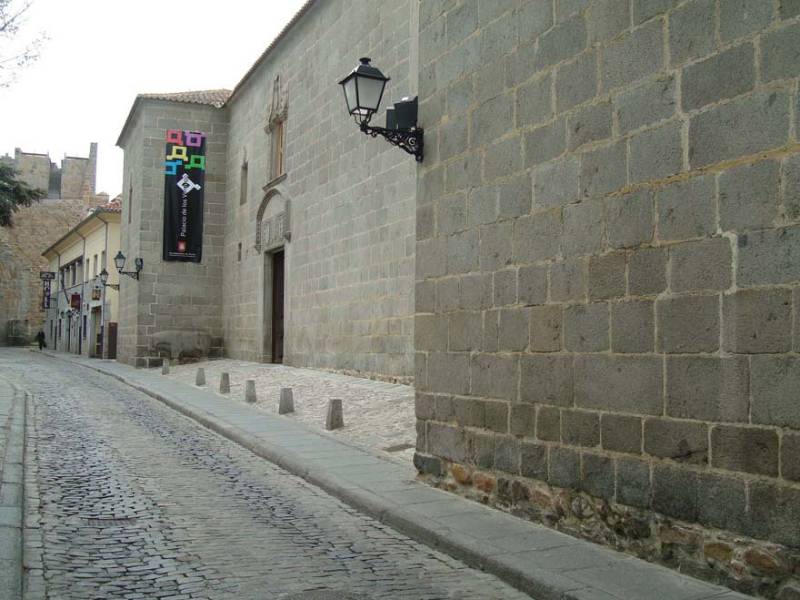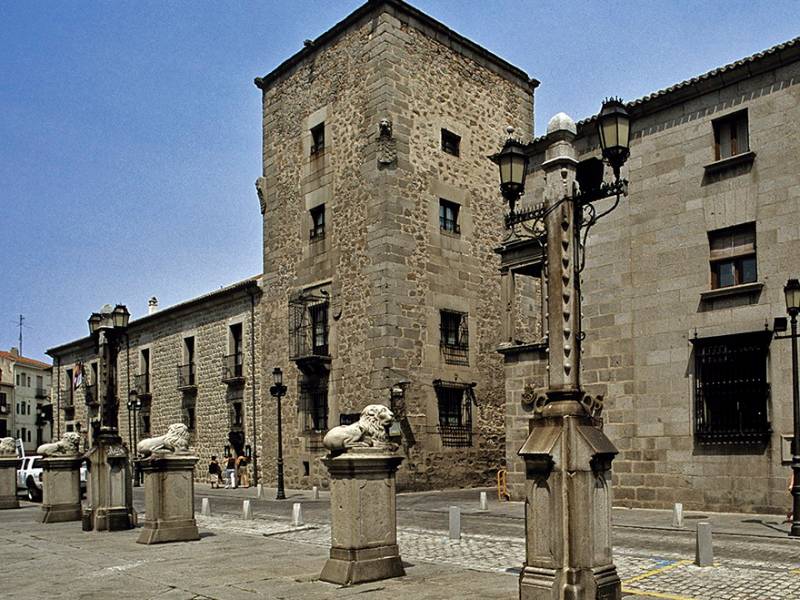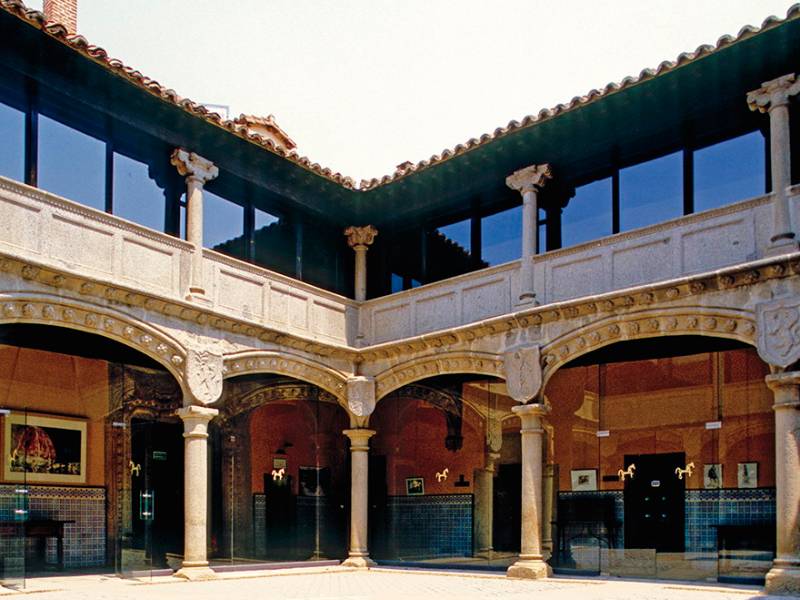Avila palatial
- Position
- Ávila
- Type of route
- One day
- Web
- To know more
In the late 15th century and throughout the 16th century the city of Ávila enjoyed its golden age of social and economic splendour, reflected in the evolution of its civil architecture, with many splendid fortresses and palaces built in various styles ranging from Late Gothic to the Renaissance, requiring the restoration or demolition of the ancient medieval houses.
Most of them are located within the city walls, following their layout and forming a second line of defence. They are attached to the walls or built to form squares around the city gates.
This route takes in the Monastery of Santo Tomás, the Palace of Blasco Núñez Vela, the Palacio of the Almarza Family, the Palace of the Superunda Family, the Fortress Palace of the Guzmán Family, the Palace of the Dávila Family / Abrantes Palace, Valderrábanos Palace, the Palace of the Velada Family, the Episcopal Palace, the Palace of the Águila Family or Don Miguel del Águila, the Palace of the Verdugo Family, the Palace of Santa Cruz or Bracamonte, The Palace of Don Juan de Henao or Benavites, the Palace of the Polentino Family, the Butchers’ House, the House of Mercy, the Deans’ House and the Palace of the Serrano Family.
What to see?
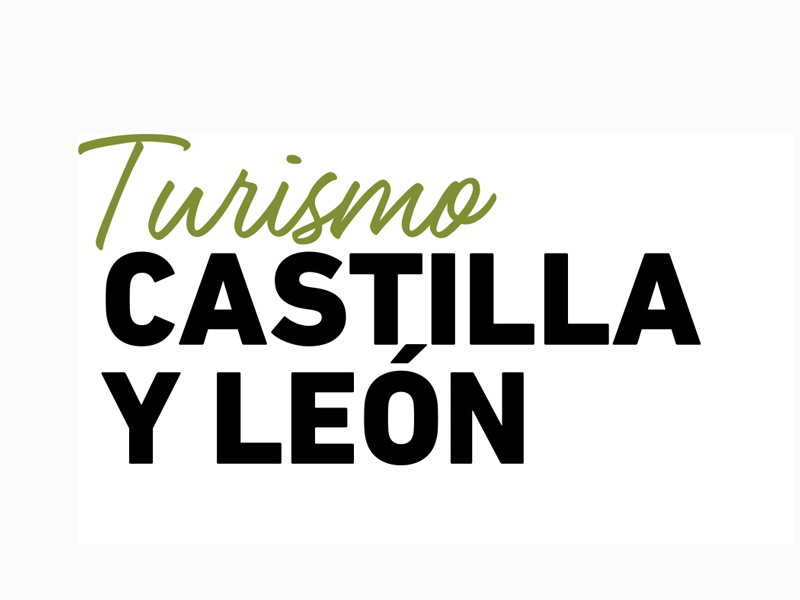 Palace of M. Juan de Henao o de BenavitesMore information
Palace of M. Juan de Henao o de BenavitesMore informationNow a state-run tourist Hotel. It is made of granite and on top there is a square tower with embrasures. From the gardens a stone staircase leads up to the parapet walk and the embrasures on the Arco del...
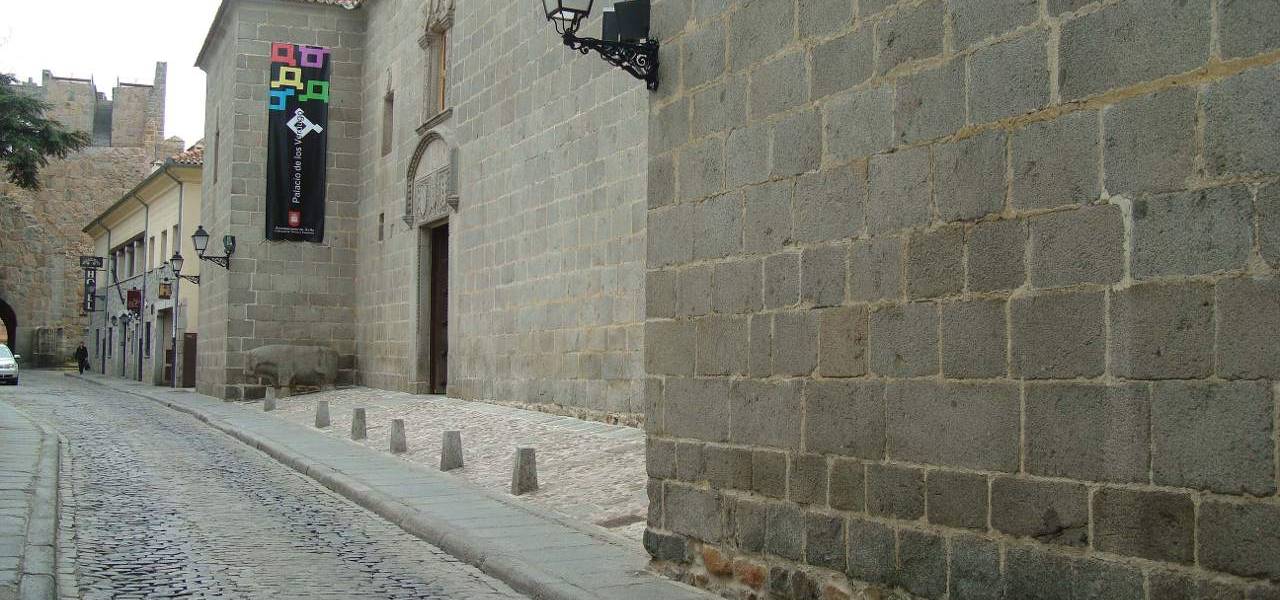 Palace of the VerdugoMore information
Palace of the VerdugoMore informationStrong house built at the end of the 15th century with a renaissance gate and a segmental arch with the shields of the Águila and Davila families and a window in the middle with plateresque ornamentation.
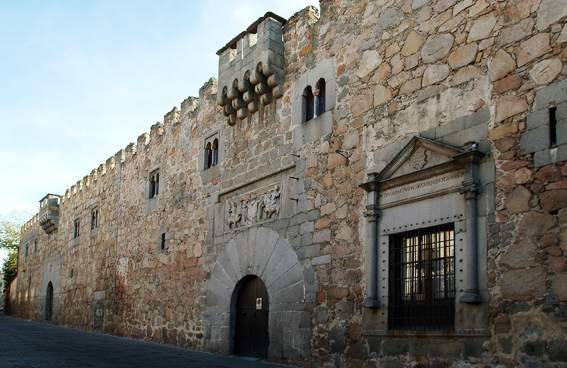 Palace of the Davila / Palace of AbrantesMore information
Palace of the Davila / Palace of AbrantesMore informationMansion built from the 14th to the 16th centuries by Don Pedro Davila y Zúñiga, first Marquis de las Navas and third count del Risco, using the same material as the ramparts and strong rubble.The palace...
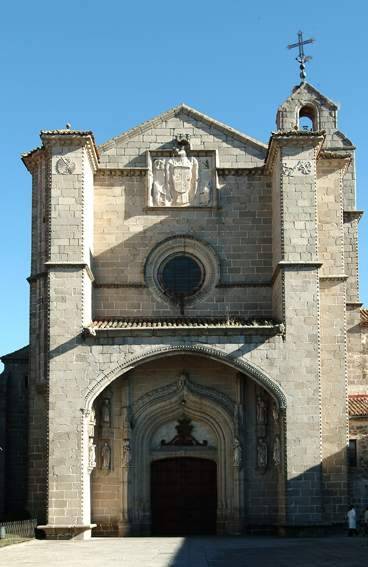 Monastery of Santo TomasMore information
Monastery of Santo TomasMore informationThe building of the Royal Monastery began in 1482 with the construction of the Cloister of the Novitiates. It has other two splendid cloisters: the Cloister of Silence, also known as Cloister of the Deceased,...
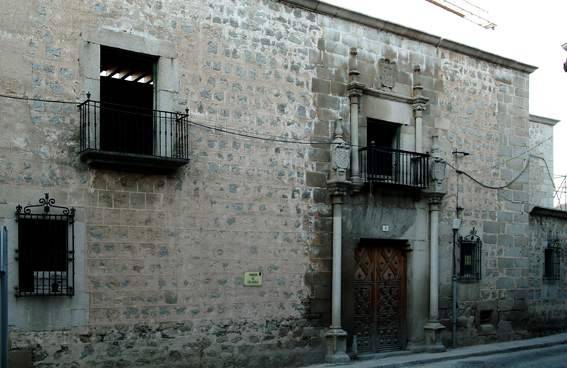 Palace of the Aguilas or of M. Miguel del AguilaMore information
Palace of the Aguilas or of M. Miguel del AguilaMore informationSober renaissance palace. Don Miguel del Aguila had it built in the 16th century using Avila granite. It is located in the north wall of the ramparts and the façade was built by Juancho de Mondigana. It...
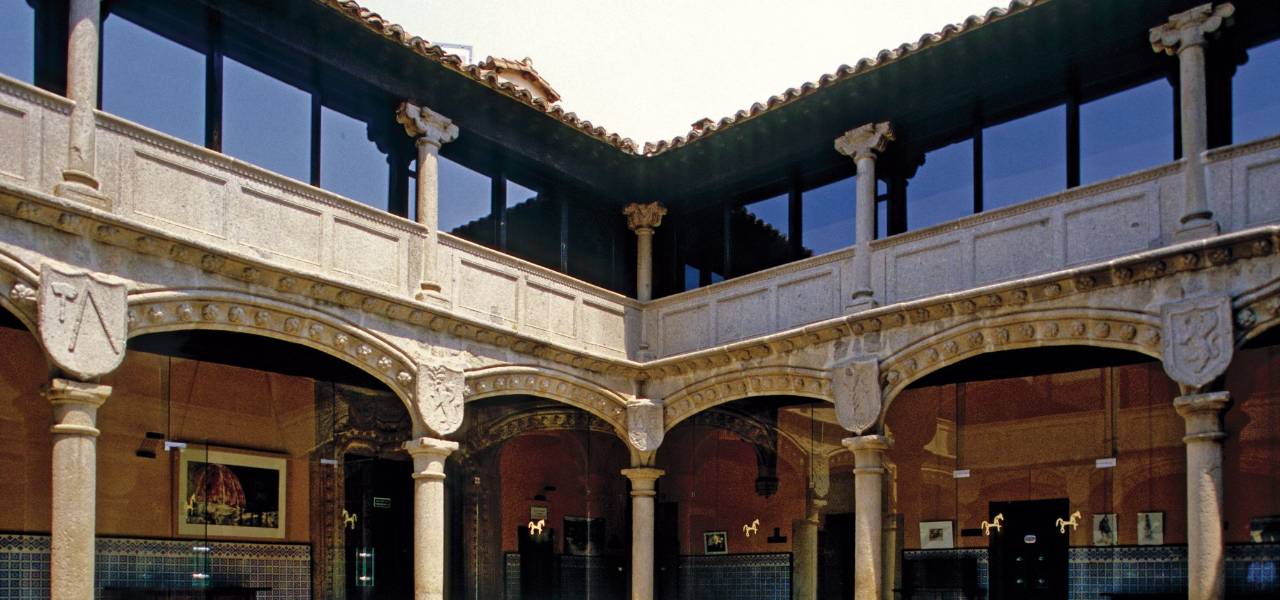 Palace - Tower or GuzmanesMore information
Palace - Tower or GuzmanesMore informationAlso known under the name of Muxica and Oñate, this Gothic and Renaissance style palace, built in the 15th and 16th centuries, with a skin of dressed stone and masonry crowned with crenellated battlements...
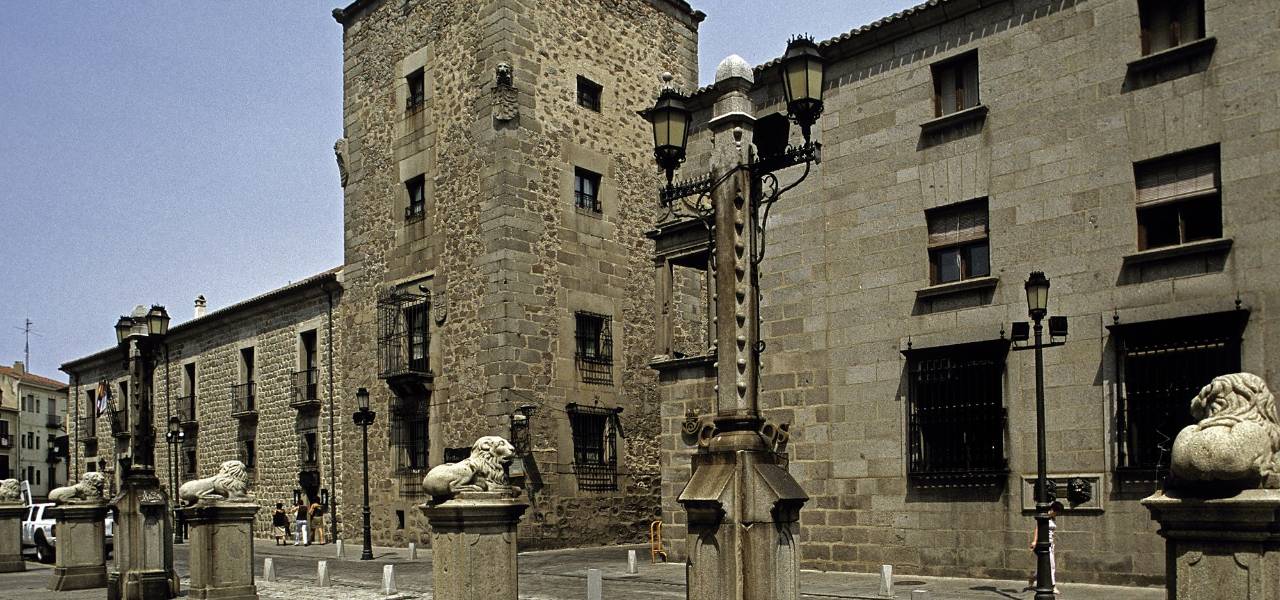 Palace of the VeladaMore information
Palace of the VeladaMore informationProto-renaissance style palace began in the 16th century, with a wide stone doorway and coats of arms supported by lions heads in the corners.Belonged to Gómez Dávila and Carlos I, the Empress Isabel and...
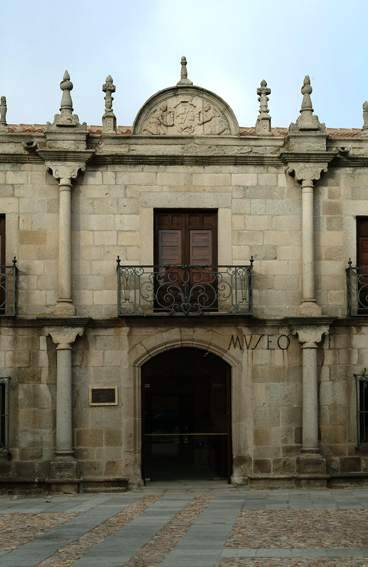 House of the DeanesMore information
House of the DeanesMore information16th-century palace serving as the residence of the hierarchy of the Catedral Council, with smooth columns and pads as capitals and a small bastion with the cathedral shield. The balconies of the upper...
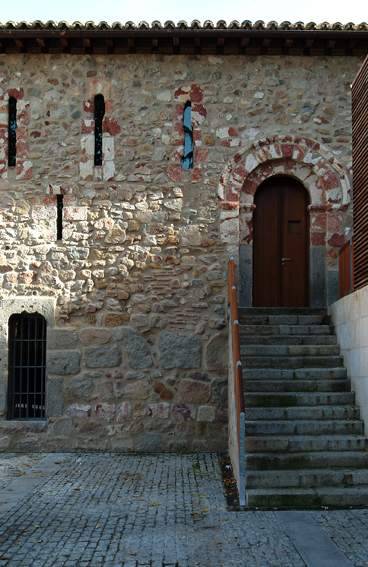 Episcopal PalaceMore information
Episcopal PalaceMore informationIt is a Romanesque building that was built in masonry and ashlar, renewed with brick at the corners. It is rectangular and has two floors; attached to the wall and with three façades. The lower floor is...

